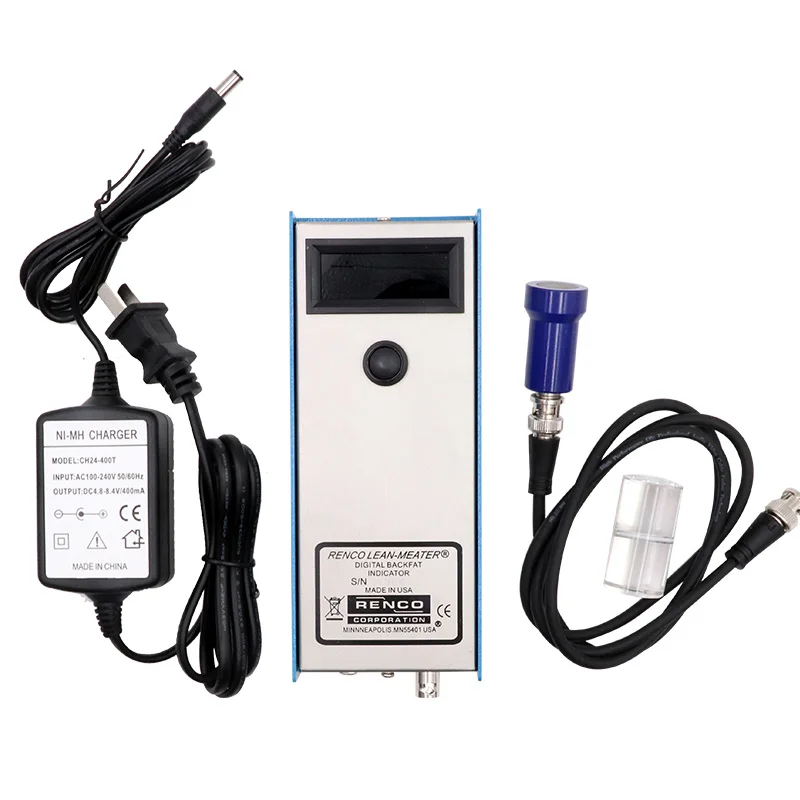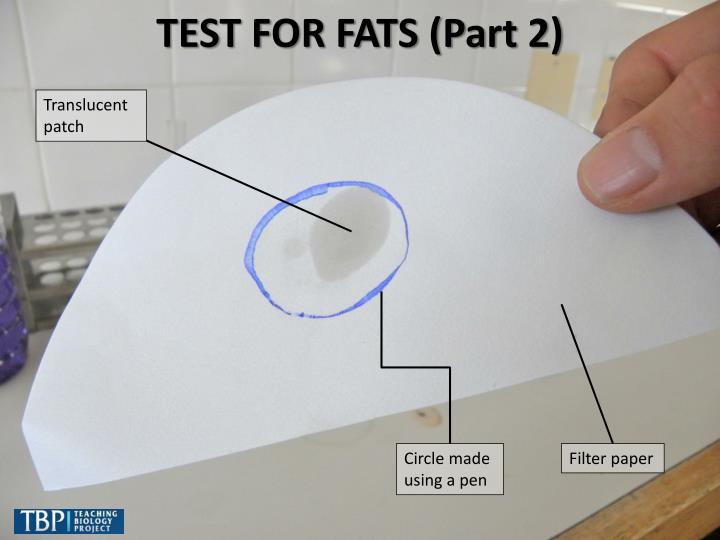
The yield of prebronchoscopy sputum was 75%, bronchial washings 66%, and postbronchoscopy sputum 58%. Postbronchoscopy expectorated specimens may provide a better yield of organisms than those obtained during the procedure. Sputum: Bronchial washings are frequently diluted with topical anesthetics and irrigating fluids, but bronchoscopy still provides a high yield of positive specimens. If either of these mycobacteria is suspected, the laboratory must be notified so that appropriate cultivation conditions can be initiated. It requires special acidulated media and extended incubation conditions. Mycobacterium genavense has been recovered from disseminated infections in AIDS patients. Mycobacterium haemophilum, which causes a cutaneous, joint, or pulmonary infection in immunocompromised patients and lymphadenitis in children, requires special growth media and incubation temperature. Likewise, there are two additional mycobacterial pathogens requiring special conditions for laboratory culture. 3 Mycobacterium marinum infection occurs in patients who have been exposed to the organism following cutaneous abrasion or penetrating injury while cleaning aquariums, clearing barnacles, and with other aquatic exposures.

If it is suspected, the laboratory must be notified so that the culture may be incubated at an appropriate temperature (30☌). Mycobacterium marinum may cause a localized cutaneous lesion that may be nodular, verrucous, ulcerative, or sporotrichoid and which may rarely involve deeper structures. 1,2 In one study, only 2 out of 12 (16%) transbronchial biopsies were positive, and in those cases the biopsy was not the only source of culture positive material.


Susceptibilities cannot be performed on mixed cultures.īiopsy or body fluid: Transbronchial biopsy cultures may be of assistance in diagnosing tuberculosis in sputum smear-negative cases however, sputum and bronchial washing cultures have a higher yield. Susceptibilities cannot be reported if the organism fails to grow in the test medium.


 0 kommentar(er)
0 kommentar(er)
